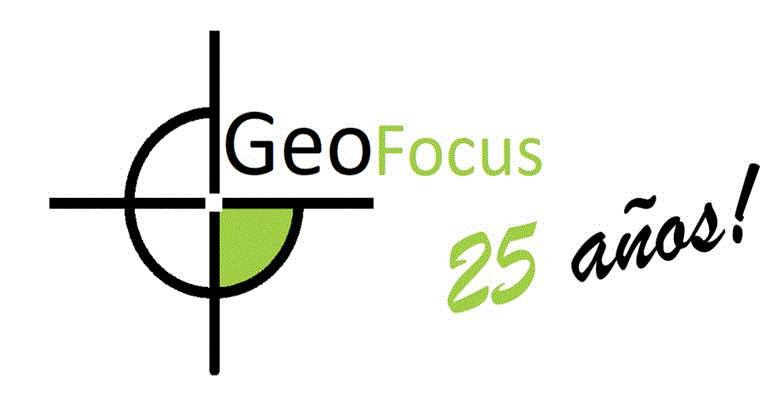Live fuel moisture content and ignition probability in the Iberian Peninsular territory of Spain
Palabras clave:
Live Fuel Moisture Content, Spain, Radiative Transfer Models, Ignition Probability, MODIS.Resumen
This paper presents an operational algorithm to produce Live Fuel Moisture Content (LFMC) at national scale from MODIS data. The algorithm is based on the inversion of Radiative Transfer Models (RTM) that estimate moisture content based on different simulation scenarios. In addition, logistic regression models were calibrated to convert the derived LFMC values into Ignition Probability (IP) maps. The areas under the curve obtained by the Receiver Operating Characteristic (ROC) plot method provided by the models were close to 0.6. Several statistical analyses were performed in order to ascertain whether the variables proposed to be included in the fire danger model were significantly related to forest fires. A non parametric U-Mann-Withney test confirmed significant differences between fire and non-fire pixels (p<0.001). Fire pixels occurred at significantly lower LFMC values than the non-fire pixels.Descargas
Cómo citar
Número
Sección
Licencia
©Los autores de los artículos y demás contribuciones publicadas en GeoFocus mantienen íntegros los derechos de propiedad intelectual sobre los mismos. Los autores y la entidad editora autorizan la reproducción total o parcial de los contenidos de la revista con estas condiciones:
1) Mencionar expresamente la autoría y la referencia de la publicación original.
2) No realizar un uso comercial o lucrativo de los mismos. En caso de ser así, debe contactarse con los autores para realizar los oportunos acuerdos.
3) Los autores/as conservan los derechos de autor y ceden a la revista el derecho de la primera publicación, con el trabajo registrado con la Licencia Creative Commons Atribución-NoComercial-SinDerivar 4.0 Internacional, que permite a terceros utilizar lo publicado siempre que mencionen la autoría del trabajo y a la primera publicación en esta revista.
4) Se permite a los autores difundir electrónicamente (por ejemplo, en repositorios institucionales o en su propia página web) la versión publicada de sus obras, ya que favorece su circulación y difusión más temprana y con ello un posible aumento en su citación y alcance entre la comunidad académica.
